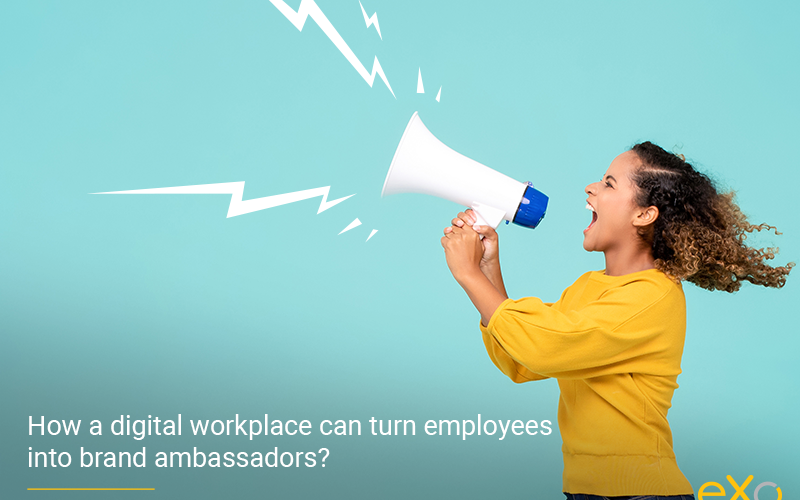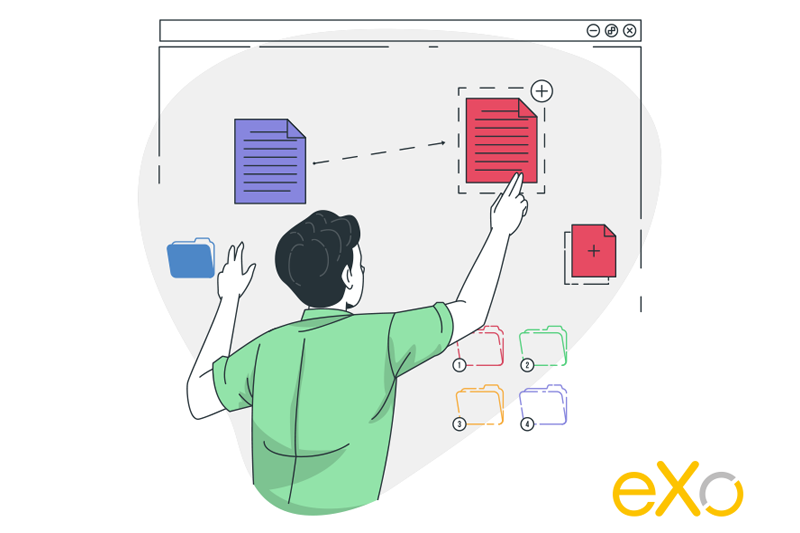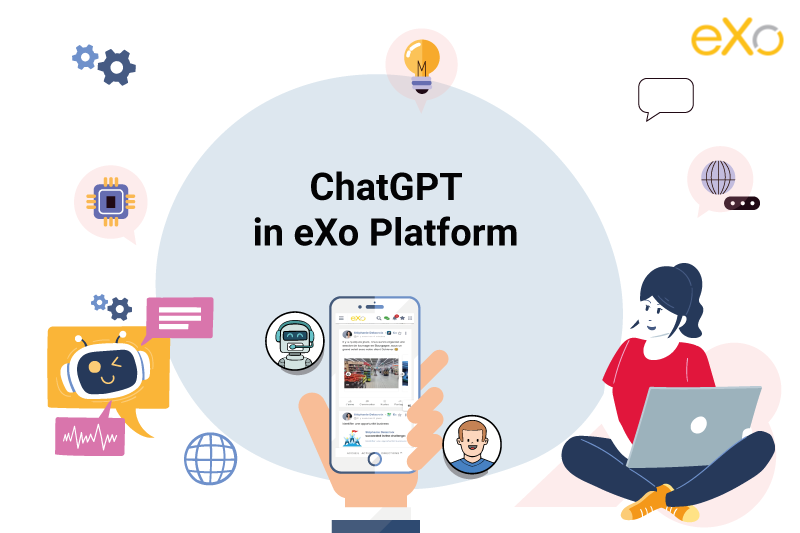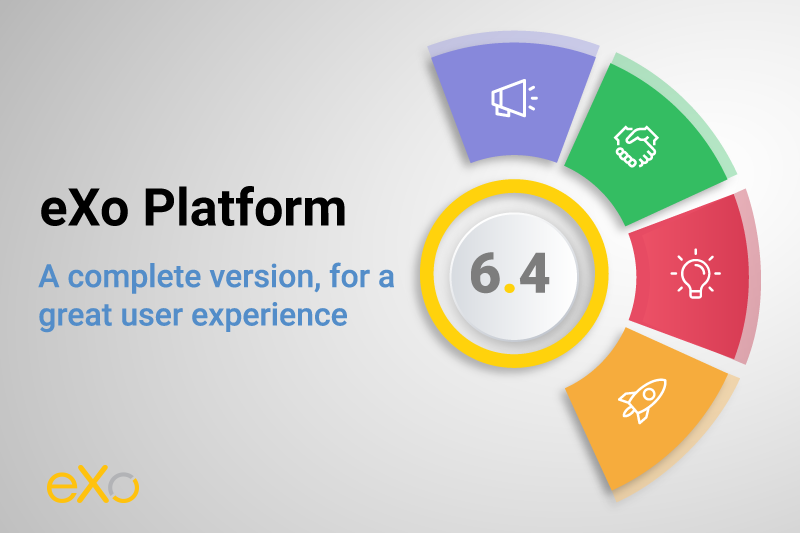- Fares Laroui
- October 28, 2020
How can digital workplaces turn employees into brand ambassadors?

Content
1. What is an employee brand ambassador?

FREE WHITE PAPER
Types of Digital workplace solutions
The modern workplace has evolved significantly in recent years, with advancements in technology, the growing number of tools …
2. How can digital workplaces turn employees into brand ambassadors?
Transforming employees into brand ambassadors can’t be achieved overnight. It is a process that requires continuous collaboration between multiple teams – mainly marketing, HR and internal communications – which is then used to put together a robust employee advocacy programme. The programme comprises a set of resources and best practices designed to assist and train employees on how to share content and build their personal brands. Such programmes have evolved in recent years thanks to the ever-increasing importance of social media channels and advancements in internal communications tools. In this section we will discover how a fully featured digital workplace can help employees to advocate your brand.
Build a community
Establish trust by communicating constantly
Analyze internal usage behaviour
Empower and encourage employees to voice their opinion internally first
Recognize and promote your employees’ efforts
Turn internal advocates into ambassadors
engagement and performance
Related posts
- All
- eXo
- Digital workplace
- Open source
- Internal communication
- Collaboration
- News
- intranet
- Future of work
- workplace
- Knowledge management
- Employee engagement
- Employee experience
- Employee productivity
- onboarding
- Employee recognition
- Change management
- Cartoon
- Digital transformation
- Infographic
- Remote work
- Sneak Peek
- Solutions
- Thought leadership
- Tips & Tricks
- Tutorial
- Uncategorized
Leave a Reply
( Your e-mail address will not be published)


